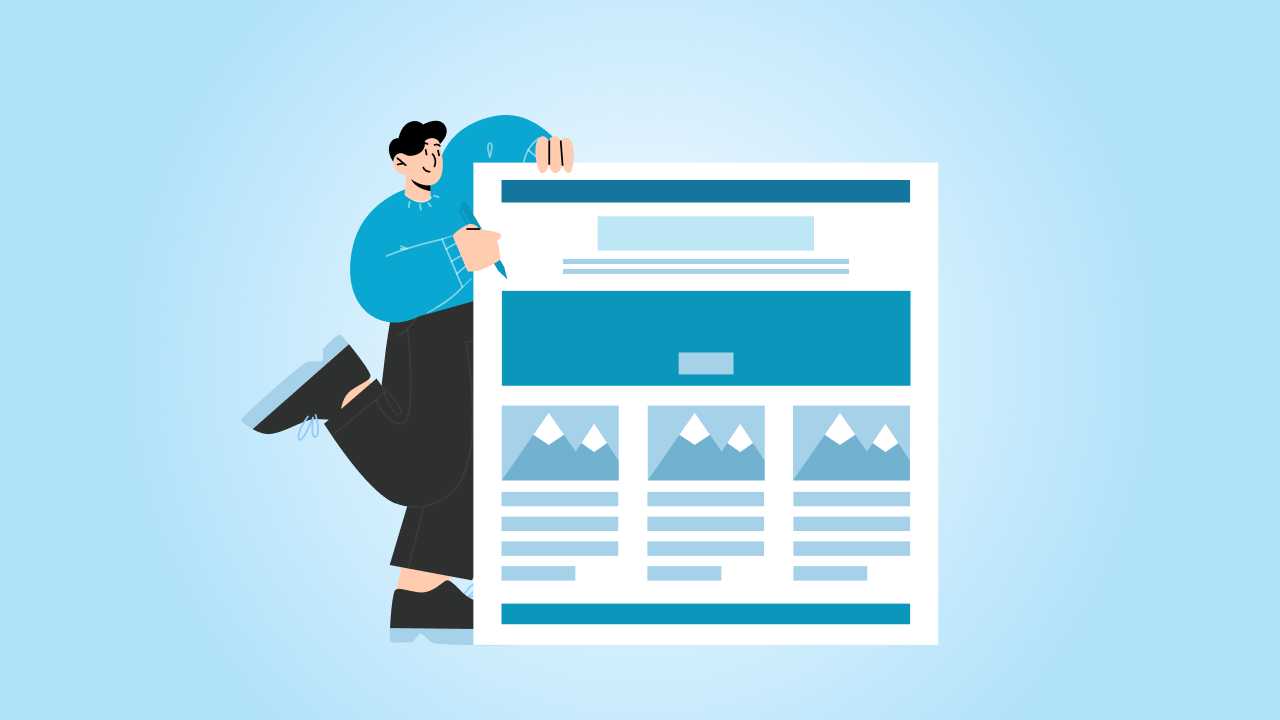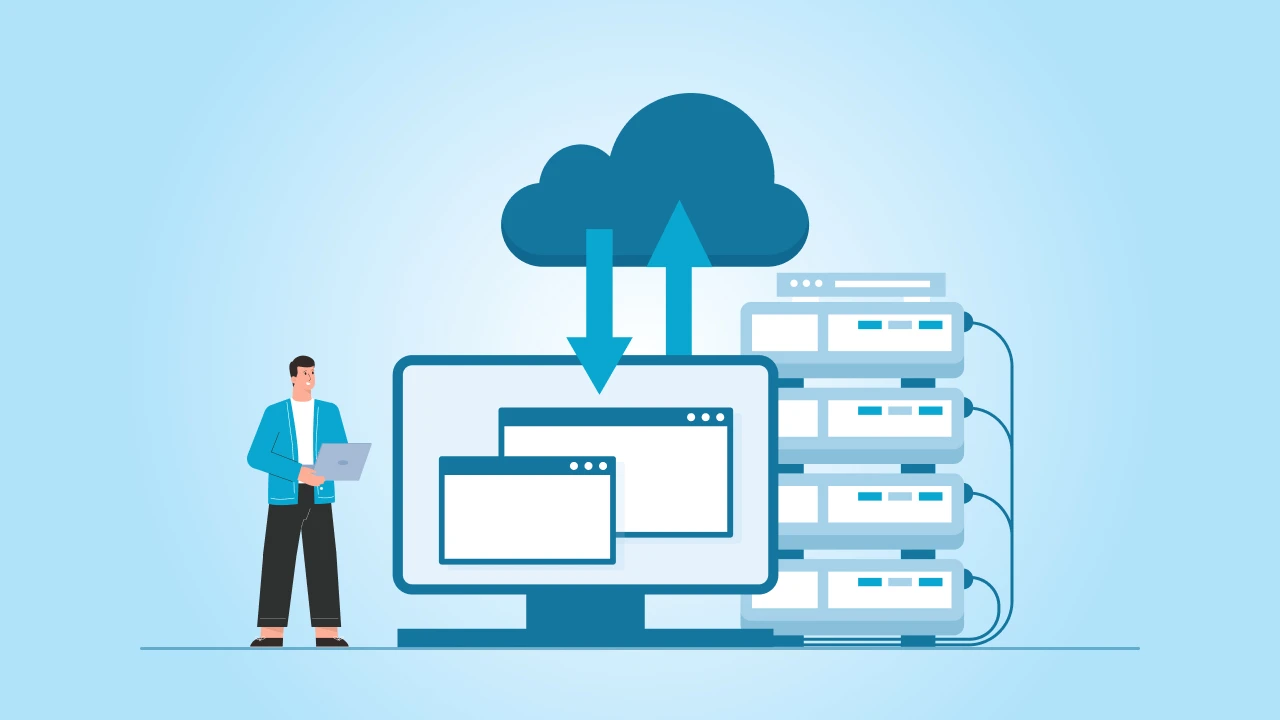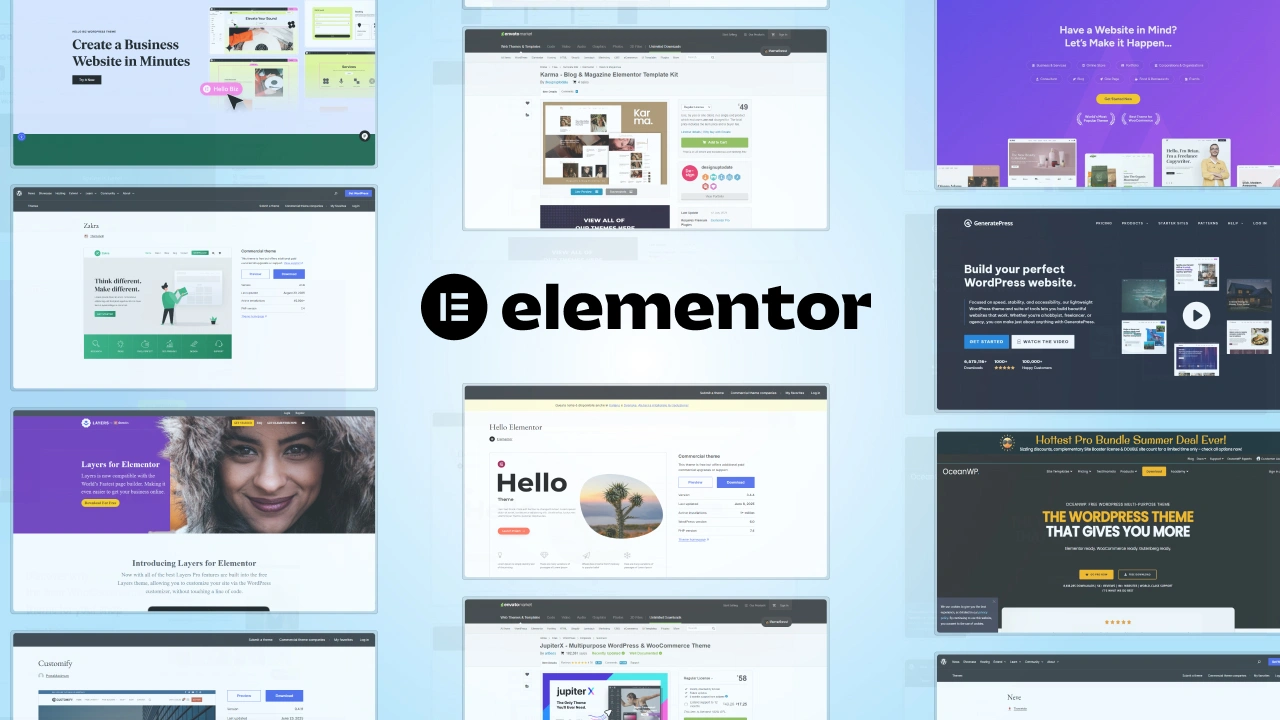Drupal 7 is officially going to bid goodbye to us on January 5th, 2025.
Now, Drupal 7 has been a reliable platform all these years, but as technology evolves, we can’t stick around outdated tools that put our website at risk. That is why it’s important to migrate to a newer and more secure version of Drupal–Like Drupal 10.
Of course, it’s not just about keeping your website safe and sound, but it’s also about leveraging the new features and improvements that Drupal 10 has to offer. The latest upgrade will future-proof your website, giving it a fresh start with better performance, an improved user experience, and stronger security.
Why You Need to Migrate Before January 2025
Once Drupal 7 reaches its end of life, it will stop getting security updates and bug fixes. When this happens, your site will become vulnerable to hacking and other issues. Plus, as web technologies advance, your site could start facing compatibility problems. Staying on Drupal 7 isn’t a safe or practical option anymore.
What’s New in Drupal 10?
Drupal 10 comes packed with exciting features that make it easier to manage your website. Here are a few highlights:
- Cleaner Design: A modern, user-friendly interface with the new Claro admin theme.
- Better Editing Tools: The latest version of CKEditor makes editing content faster and easier.
- Mobile-Friendly Themes: The default Olivero theme looks great on any device.
- Improved Performance: Built with the latest technology, Drupal 10 is faster and more efficient.
- Future-Ready: It’s designed to adapt to future changes in web technology.
Pre-Migration Steps for Moving from Drupal 7 to Drupal 10
Migrating from Drupal 7 to Drupal 10 is a big step, but proper preparation makes it manageable. Here’s a quick guide to the essential pre-migration steps:
- List modules, content types, and custom code.
- Identify outdated or unused features to remove.
Back-Up Your Site:
- Save a full backup of the database, files, and custom code.
Define Your Goals:
- Set clear objectives like improving design, performance, or functionality.
Plan Site Architecture:
- Organize menus, taxonomy, and content types.
- Choose updated or replacement modules for Drupal 10.
Set Up a Development Environment:
- Use PHP 8.1 and compatible server configurations.
- Create a staging site to test and build without affecting the live site.
Plan Content Migration:
- Map content fields and prepare to use the Migrate API.
- Decide how to handle media files and custom entities.
Assemble Your Team:
- Involve developers, content managers, designers, and project managers.
Budget and Timeline:
- Estimate costs for development, testing, and design updates.
- Set a realistic timeline with clear milestones.
Now that we are through with the pre-migration steps, let’s dive into the actual migration process.
cmsMinds specializes in efficient, secure migrations to Drupal 10.
How to Migrate from Drupal 7 to Drupal 10
Once you have completed your pre-migration steps — auditing your site, backing it up, and defining your goals, etc. — it’s time to start the actual migration process. Here’s a detailed guide.
1. Plan the Upgrade
- Create a detailed migration roadmap that outlines each phase of the process.
- Decide what content, features, and custom code to migrate. Consider removing outdated or redundant elements.
- Identify replacements for Drupal 7 modules that are no longer supported in Drupal 10. Many features now exist in Drupal core, so take advantage of those to simplify your setup.
- Allocate resources, including time, budget, and team members, to manage the migration effectively.
2. Set Up Drupal 10
- Install Drupal 10 in a new staging environment. Make sure it meets the technical requirements, including PHP 8.1 and a compatible database.
- Configure the basics of your new Drupal 10 site, including site settings, languages, and permissions.
- Install and enable the necessary core and contributed modules, focusing on replacements for the ones you used in Drupal 7.
- Apply the new Olivero theme for your front end or any custom theme you have planned, and set up the Claro admin theme for an enhanced backend experience.
3. Migrate Content
- Use Drupal’s Migrate API to move your content from Drupal 7 to Drupal 10.
- Start by migrating simple content types like pages and articles before handling more complex entities like media and custom fields.
- Map fields in your Drupal 7 site to their Drupal 10 counterparts to ensure proper alignment.
- Test the migration in small batches to identify and fix any errors in content mapping or structure.
- Once the process is tested and refined, migrate the rest of the content in bulk.
4. Rebuild Custom Features and Design
- Recreate any custom modules from Drupal 7 using updated frameworks in Drupal 10.
- Leverage modern tools and features to improve workflows, such as CKEditor 5 for advanced content editing and the Media Library for better media management.
- Refine or redesign your website layout using Drupal 10’s capabilities, like responsive themes and streamlined navigation tools.
- Ensure your site is optimized for accessibility, performance, and SEO.
5. Test and Launch
- Perform rigorous testing of your Drupal 10 site. Focus on:
- Functionality: Test forms, links, and features.
- Content Accuracy: Ensure all content migrated correctly.
- Performance: Check loading times and server response.
- Compatibility: Verify the site works across different devices and browsers.
Conclusion
The January 2025 deadline might feel far away, but migrations can take time. Starting early gives you room to plan properly and avoid last-minute problems. Also, the sooner you upgrade, the sooner you can enjoy the benefits of Drupal 10.
Drupal 7 has been a fantastic platform and there’s no doubt about it. But it’s time to move forward. Migrating to Drupal 10 isn’t just necessary — it’s an opportunity to make your website better than ever. Let’s give Drupal 7 a proper farewell and step confidently into the future.
Why struggle with the migration process when you can let the experts at cmsMinds do the heavy lifting?





